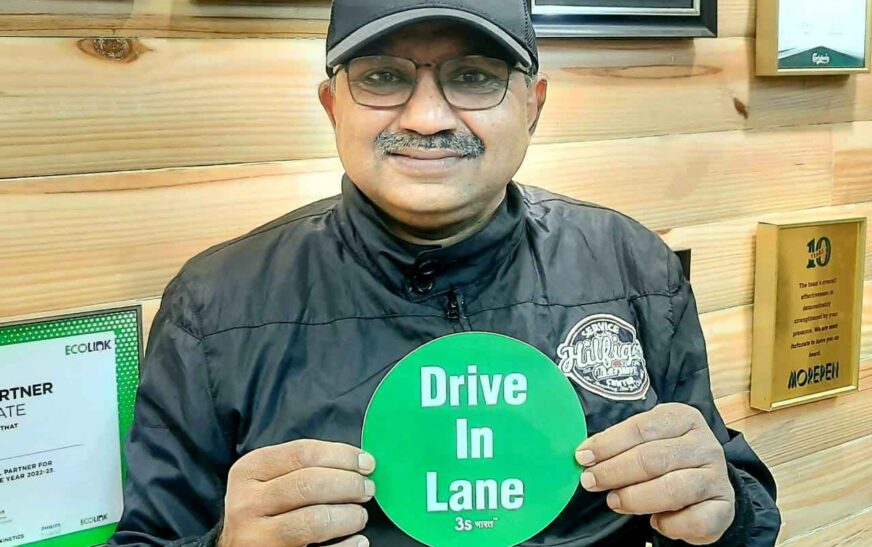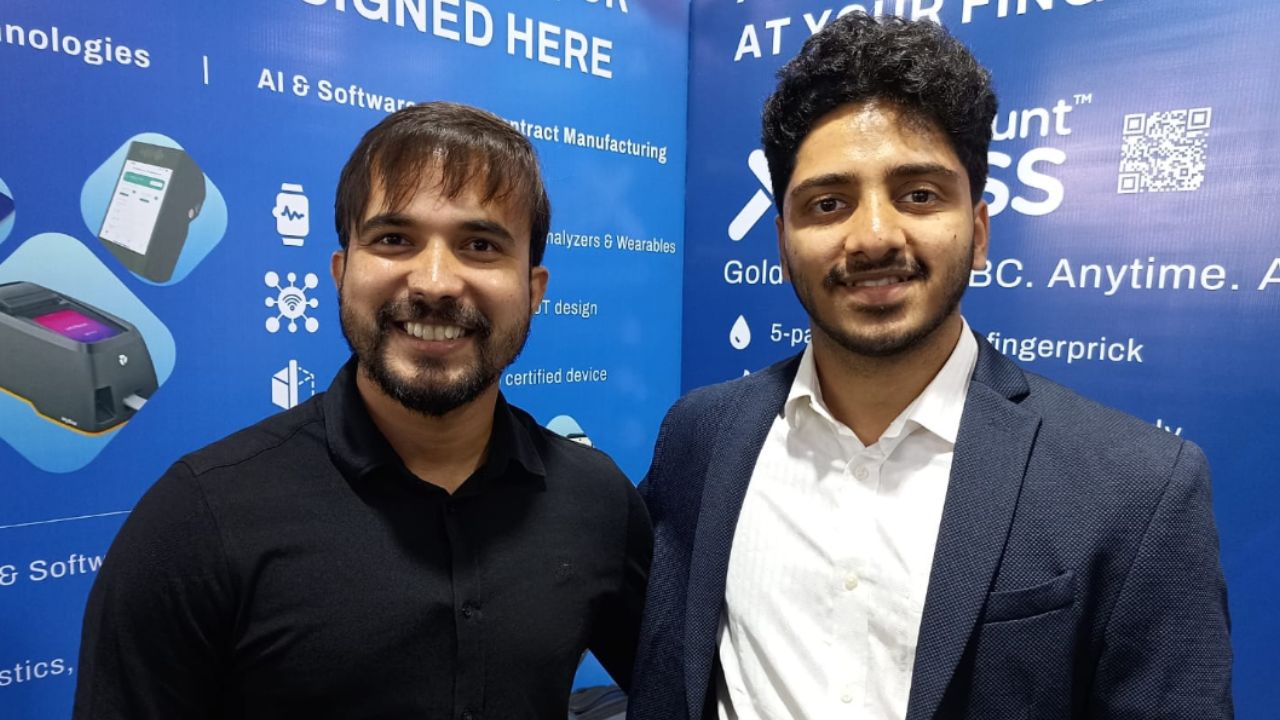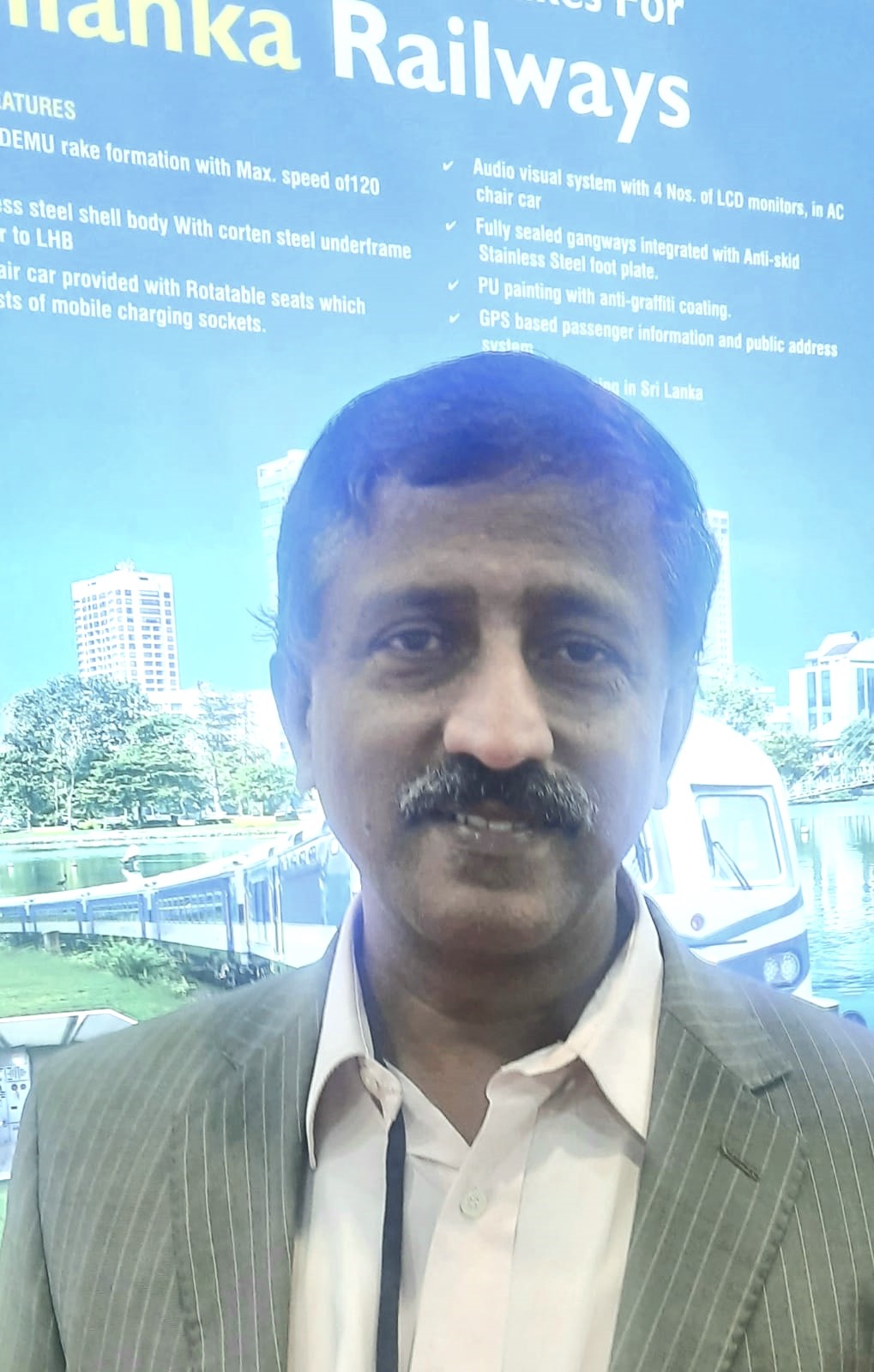3S Bharat, a socially driven initiative led by its visionary founder Hari Om Goyal, is on a mission to transform India’s roads. The organization champions the cause of lane driving, emphasizing its critical role in alleviating traffic congestion, curbing carbon emissions, and conserving fossil fuels. By promoting disciplined driving habits, 3S Bharat aspires to position India as a global leader in environmental sustainability and responsible commuting.
To amplify its message, 3S Bharat collaborates with diverse stakeholders, including schools, colleges, hospitals, cafes, hotels, and restaurants. Together, they work to spread awareness about the multifaceted benefits of lane discipline—saving fuel, time, and energy while reducing road rage, stress, accidents, and the tragic loss of lives during ambulance delays.
The organization leverages an expansive outreach strategy to engage a nationwide audience. Its campaigns employ hoardings, banners, kiosks, TV channels, FM radio, and poll banners, ensuring the message reaches every corner. Additionally, 3S Bharat distributes informative stickers to vehicle owners and parking lots while maximizing its digital footprint through online events and targeted campaigns.
In an exclusive conversation with The Interview World, Hari Om Goyal delves into the impactful work of 3S Bharat. He outlines the initiative’s ambitious campaigns aimed at making India traffic-free through lane driving. Goyal highlights the measurable impact of these efforts, including reduced traffic chaos and economic benefits, and shares responses from key collaborators. He also provides valuable insights into the broader implications of disciplined driving for individuals and society.
Here are the most compelling takeaways from his inspiring conversation, offering a roadmap for a safer and more efficient India.
Q: Can you explain the concept of ‘3S’ in your organization, 3S Bharat, and share insights into the key activities and initiatives you have planned?
A: 3S Bharat embodies a vision of a clean (Saaf), beautiful (Sundar), and healthy (Swasth) India. Today, traffic congestion stands as a significant contributor to escalating pollution levels. Our mission is clear: to liberate India from the grip of traffic jams and pave the way for a greener, healthier future.
Q: What key initiatives is your organization implementing to achieve a traffic-free India while maximizing fuel savings in the process?
A: Traffic jams have become a major issue, largely due to our disregard for proper lane discipline. We are creating multiple lanes but driving in a zigzag pattern, always rushing to overtake others without signaling. The solution is straightforward: we must raise awareness about the importance of lane driving. This simple adjustment will conserve fuel, save time, and boost productivity. Most importantly, it will ensure we reach our destinations on time, preventing missed flights, buses, or trains.
Q: Beyond awareness campaigns, what other strategies or actions are you implementing to achieve your goals?
A: We have already prepared a comprehensive project report addressing the root causes of traffic chaos and offering viable solutions. The issue primarily stems from improper lane usage, as I mentioned earlier. While there are designated four lanes for driving, people often create six or seven lanes without maintaining adequate space between them. This leads to congestion and, when traffic clears, drivers rush to create further blockages. Additionally, the lack of indicator use exacerbates the problem, contributing to the cycle of traffic jams.
The most alarming consequence is the impact on emergency services, especially ambulances. Too many lives have been lost because of traffic jams, making this not just a logistical issue, but a matter of life and death. Motivated by these human costs, I began this awareness initiative last year, starting at Miranda House. I even visited schools to promote lane discipline.
Lane driving itself is simple. For every four lanes, there should be four cars. We live in a country that has taught the world how to count. Yet, tragically, when we’re on the road, we forget this basic principle.
Q: Can you provide insights into the impact of your campaigns and initiatives on traffic reduction? Do you have any documented evidence or data to support these outcomes?
A: The results speak for themselves when I drive. I can demonstrate how I consistently clear 90% of traffic jams by maintaining the right distance and gradually slowing down. By positioning my vehicle correctly, I create a smooth flow ahead, while ensuring that the vehicles behind are unable to overtake me. I can provide both video footage and visual evidence to support this claim. Alternatively, you’re welcome to join me on a drive, and I’ll show you firsthand how it works.
Q: Have you engaged with key stakeholders, such as ministries and government agencies, regarding your initiatives? How have they responded to your efforts?
A: It’s still too early to conclude. I have sent 20 project reports to various ministries, organizations, and individuals, including the President of India, the Chief Justice of India, the Prime Minister’s Office, Nitin Gadkari, Amit Shah, Sudha Murty, and prominent TV anchors such as Rajat Sharma, Sudhir Chaudhary, Shweta Singh, and Rubika Liyaquat, among others.
Unfortunately, despite these efforts, I’ve received only one response—from the Prime Minister’s Office. The reply stated that the matter could not be processed due to time constraints. Ironically, the very aim of this initiative is to save time for the entire nation. Nonetheless, I remain committed to this cause. Efforts continue, and I am actively spreading the message through X (Twitter) and other social media platforms.
Q: What economic impact could be achieved if lane driving is strictly adhered to and widely practiced?
A: This initiative will significantly impact the economy. First and foremost, it will save considerable fuel and valuable productive time. By adhering to lane discipline, traffic flow will become faster and more efficient. With fewer traffic jams, the system will operate more smoothly. While traffic congestion may still occur during peak hours, lane discipline will keep traffic moving. In contrast, without such discipline, traffic jams are inevitable. The savings in both time and fuel will be substantial. By conserving fuel, we can retain foreign currency and, in turn, save a significant amount of money. These savings can then be redirected to benefit humanity as a whole.
Q: What message would you like to convey to key stakeholders, such as ministries? What specific actions are you expecting them to take based on the findings of your report?
A: This approach is straightforward. The first step is to place a sticker on every vehicle, instructing drivers to stay in their lanes. The sticker will resemble those for CNG or government-approved vehicles. Additionally, we need to update and add extra signboards on every road. I’ve even proposed several engaging signboard designs in my report. Some of the key messages include “Drive in your lane,” “Two lanes means two lanes,” and “Proper lane, proper gap.”
Moreover, I recommend implementing fines, much like those already in place by the government, to address the widespread issue of drivers not using indicators. Shockingly, 95% of drivers neglect to use them, which often leads to situations where ambulances are not given way. Other signboard suggestions include messages like “Drive safe, reach safe,” “Always drive in lane,” “Be a good citizen, drive in lane,” “Never miss the train, never miss the flight,” “No extra lane, no traffic jams,” and “Say no to pollution.”
These awareness campaigns are crucial for bringing about change. We can extend our reach to schools and a wider audience through digital platforms. Last year, with the help of a builder friend, we installed 5,000 car screens displaying messages like “I love lane driving.” Such initiatives will make a significant difference.
Q: What is your overarching message for individuals driving on the roads?
A: The solution is simple: drive calmly and avoid zigzagging. That’s all it takes. This straightforward approach will safeguard everything for us – a greener world and a prosperous Bharat.










1 Comment
Just what I was searching for, thanks for putting up.
Comments are closed.